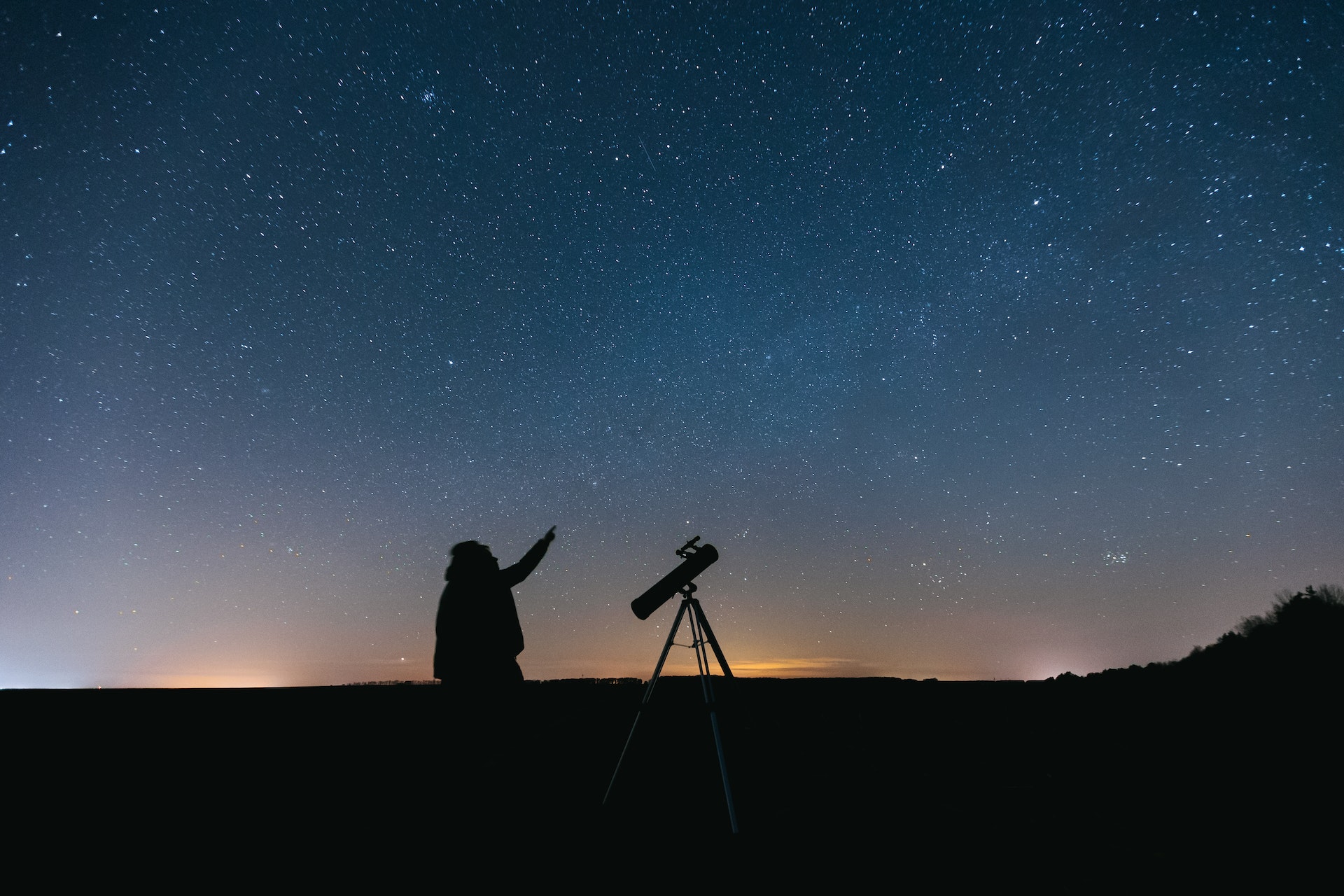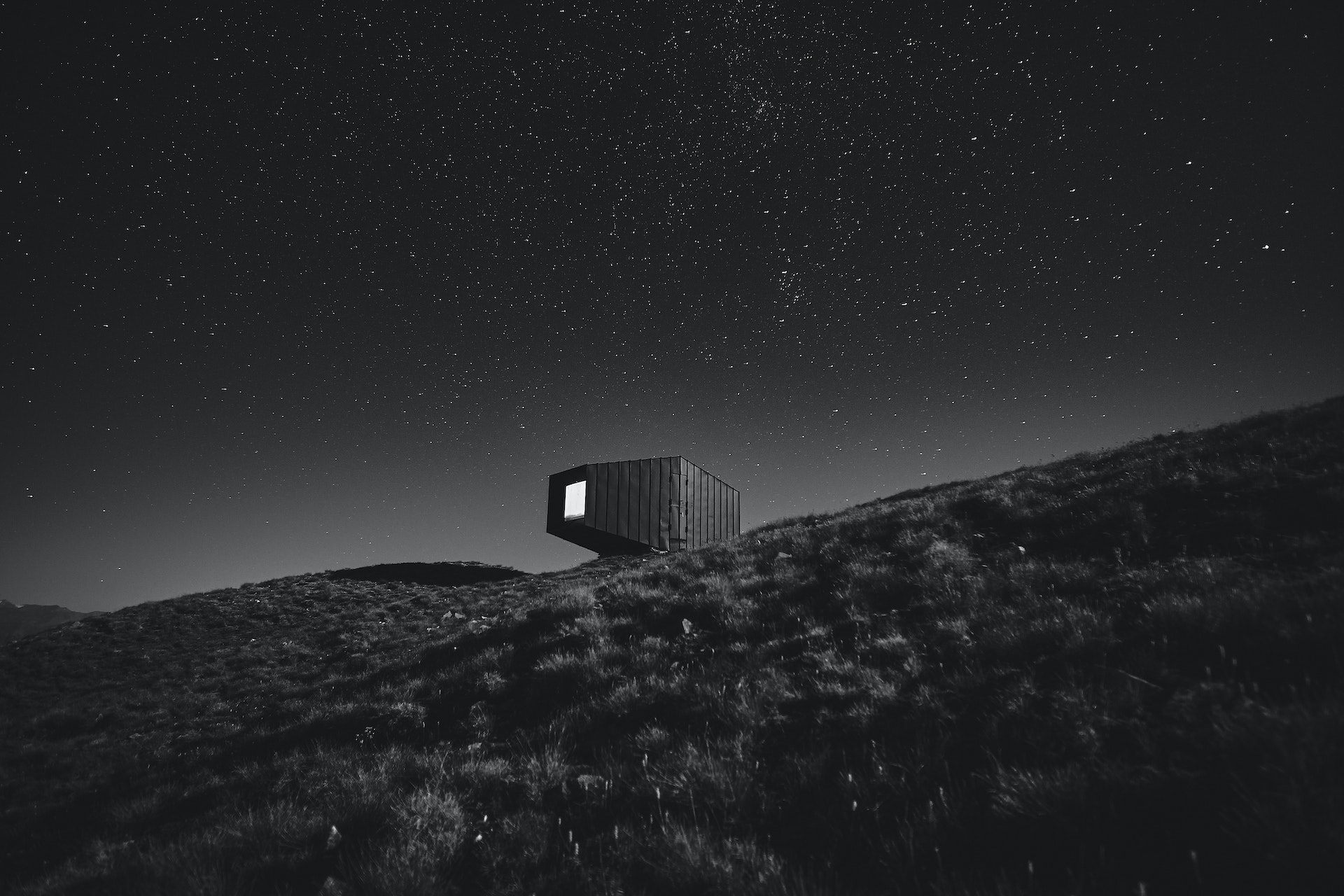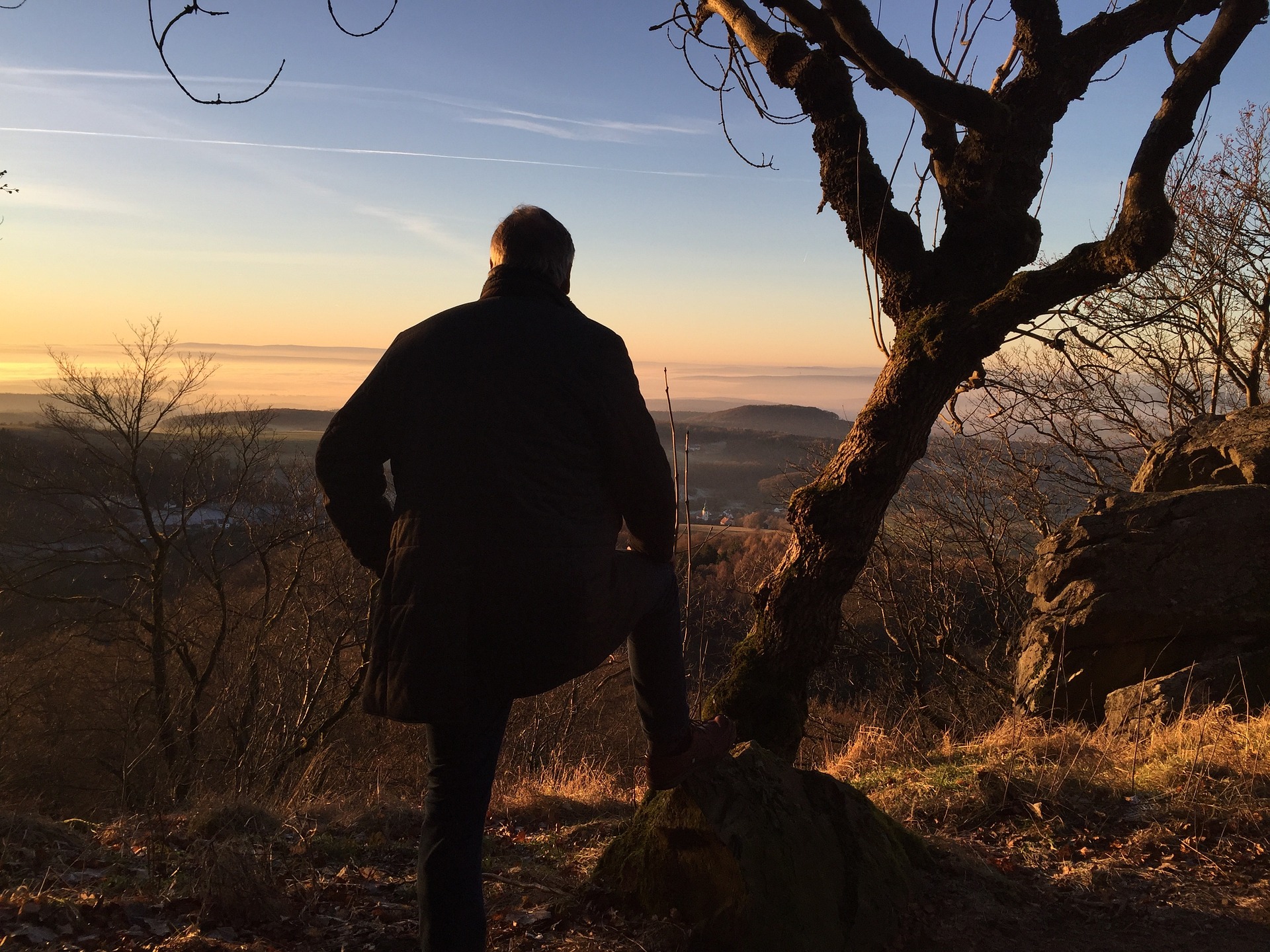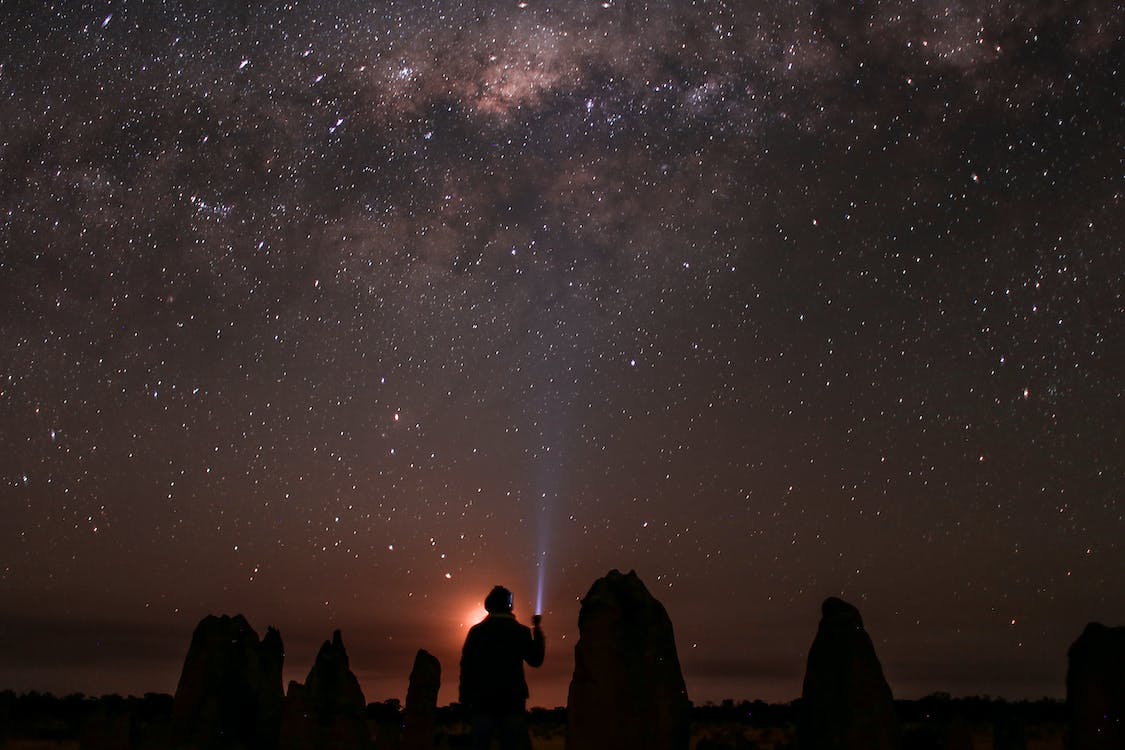Passion of the People – 1.6.7
Case Studies, Good Practices and Analysis for Star Tourism
Before starting to work in a specific field, it is important to look around and understand what others have created before us, both nearby and in distant territories.
Inspiration and adaptation are key words to start a new tourist offer.
There are different lists or certifications for dark skies destinations as the one proposed by the International Dark-Skies Association.
Normally, areas with less human presence, such as parks, mountain or desert areas, are the most interesting places for the dark skies’ observation. However, urbanised areas can also aspire to become sky observation zones.
Following some inspiring good practices:
Northumberland Park
Northumberland Park is considered one of the best places in the UK to observe the stars. The park’s website has a section dedicated to observing the dark skies, guiding tourists to find astronomical observatories, special pavilions designed in collaboration with Newcastle University of Architecture, advice on places to go and places to stay.
Into the Night in the Kaunertal Valley
In the Kaunertal Valley (Tyrol, Austria) high quality of the nightsky can be observed and experienced. The Tyrolean Environmental Ombudsman’s office organizes guided stargazing tours in the breathtaking scenery of the Alps during the late summer months. Over the past years, self-guided options were developed so that visitors can fully appreciate the nature at night and nightsky. A “Stargazing bowl” was designed and constructed in the area, allowing to physically merge with the ground and materials from the area and dwell in the endless universe. An exhibition pavilion, located at the highest point of the Kaunertal Glacier Road, features a unique room-within-a-room concept that teaches visitors about the inestimable value of the natural night and describes the impact of artificial light at night. Efforts to persue recognition by International Dark Sky are still ongoing. The developments and implementations were funded by Interreg Italien-Österreich 2014-2020 (Futourist and Skyscape).
Rhön Star Park
The UNESCO Rhön Biosphere Reserve in the border triangle of Bavaria, Hesse and Thuringia was recognized as an international star park by the International Dark-Sky Association (IDA) in August 2014. With the award, the region has committed to preserving the natural night landscape and reducing light pollution through more environmentally friendly and optimized lighting. The municipalities that have decided to participate in the star park are implementing targeted measures to this end. In an already sparsely populated region, over the years, improvements have been made to the street lighting to make it less impactful.
Astrotourism in Andalusia
Starlight Foundation, promoted by the Instituto de Astrofísica de Canarias, created in 2014 a package of experiences promoting stargazing Sierra Morena and Sierra Sur de Jaén, in cooperation with 67 Andalusian municipalities.
The first objective is to guarantee the quality of the night sky of the territories for the practice of astronomy and stargazing in optimal conditions and the effort to develop experiences related to stargazing and promoting responsible tourism which preserves the environmental conditions and natural light in these distinguished areas.
In addition, the foundation is also active in promoting high-quality accommodation that are active in defending dark skies and stargazing and in the promotion of events to raise awareness and promoting the values of dark skies.
Is Astrotourism Possible in Cities?
Although, as we have said before, the best places to do astrotourism are those furthest away from the cities, something can also be done in built-up areas. City parks and open spaces surrounded by urban centres can themselves be discrete stargazing sites. But what if there are no spaces big enough? Some Italian cities of art (Padua, Florence, Palermo), for example, have promoted touristic books for visiting historical monuments related to astronomy, a good opportunity to see the impact that dark skies have had on human culture and to dream of the stars even in the city.


Further resources
Links below will redirect you to external websites. In accordance with the European data protection declarations, we would like to point out that by clicking on these links you may send data to external providers. We cannot prevent that.
Videos
![]() Apolónia Rodrigues interview: Dark Sky Alqueva
Apolónia Rodrigues interview: Dark Sky Alqueva
 Settimana dello Spazio di Osimo 2020 – Cultura scientifica per un nuovo Rinascimento
Settimana dello Spazio di Osimo 2020 – Cultura scientifica per un nuovo Rinascimento
![]() Dark Sky Tourism in Northumberland and Around the World
Dark Sky Tourism in Northumberland and Around the World
 Sternennächte erwandern im Kaunertal
Sternennächte erwandern im Kaunertal
Online Resources
![]() Astrotourism – The Best Places and Experiences for Stargazing
Astrotourism – The Best Places and Experiences for Stargazing
![]() Roadmap for Astrotourism in Chile
Roadmap for Astrotourism in Chile
![]() Northumberland’s Dark Sky Park
Northumberland’s Dark Sky Park
![]() Go Stargazing in Northumberland
Go Stargazing in Northumberland
![]() Northumberland International Dark Sky Park
Northumberland International Dark Sky Park
 L’isola gallese dai cieli più bui d’Europa – Claudia Mignone, MEDIA INAF
L’isola gallese dai cieli più bui d’Europa – Claudia Mignone, MEDIA INAF
 I migliori punti di osservazione delle stelle e le attività nelle Riserve del Cielo Scuro in Gran Bretagna – Visit Britain Media Centre
I migliori punti di osservazione delle stelle e le attività nelle Riserve del Cielo Scuro in Gran Bretagna – Visit Britain Media Centre
 I parchi del buio, dove andare a vedere le stelle – Luigi Bignami, Avvenire
I parchi del buio, dove andare a vedere le stelle – Luigi Bignami, Avvenire
 Astroturismo – “Palermo. Seconda stella a destra” – ASTRONOMIA PER TUTTI, INAF OAPa
Astroturismo – “Palermo. Seconda stella a destra” – ASTRONOMIA PER TUTTI, INAF OAPa
 La mappa dei luoghi migliori per osservare le stelle – Luca Nardi, WIRED
La mappa dei luoghi migliori per osservare le stelle – Luca Nardi, WIRED
 Parco Nazionale del Northumberland, il più settentrionale tra i Parchi Nazionali d’Inghilterra – PiùTurismo
Parco Nazionale del Northumberland, il più settentrionale tra i Parchi Nazionali d’Inghilterra – PiùTurismo
 Valle Kaunertal – tirolo.tl
Valle Kaunertal – tirolo.tl
 Le migliori mete della Spagna per contemplare le stelle – Spain.info
Le migliori mete della Spagna per contemplare le stelle – Spain.info
 Astroturismo in Andalusia – Andaluciamia
Astroturismo in Andalusia – Andaluciamia
 A zonzo per Firenze con la guida astroturistica – Sara Ricciardi, MEDIA INAF
A zonzo per Firenze con la guida astroturistica – Sara Ricciardi, MEDIA INAF
Further Readings

![]() Astrotourism – INAF Osservatorio Astrofisico di Arcetri
Astrotourism – INAF Osservatorio Astrofisico di Arcetri
![]() Tourists’ Preferences for Stargazing Land Resources
Tourists’ Preferences for Stargazing Land Resources
Teaching Materials
For Kids


